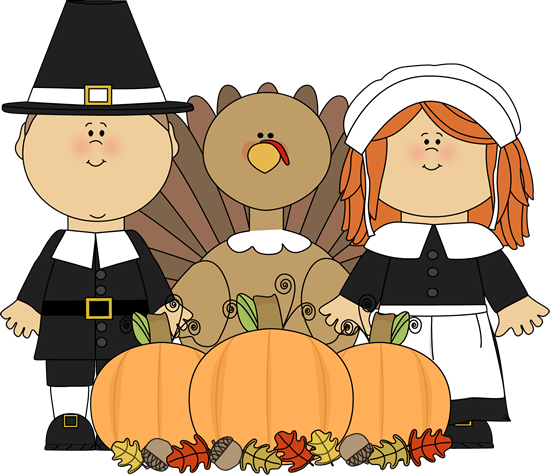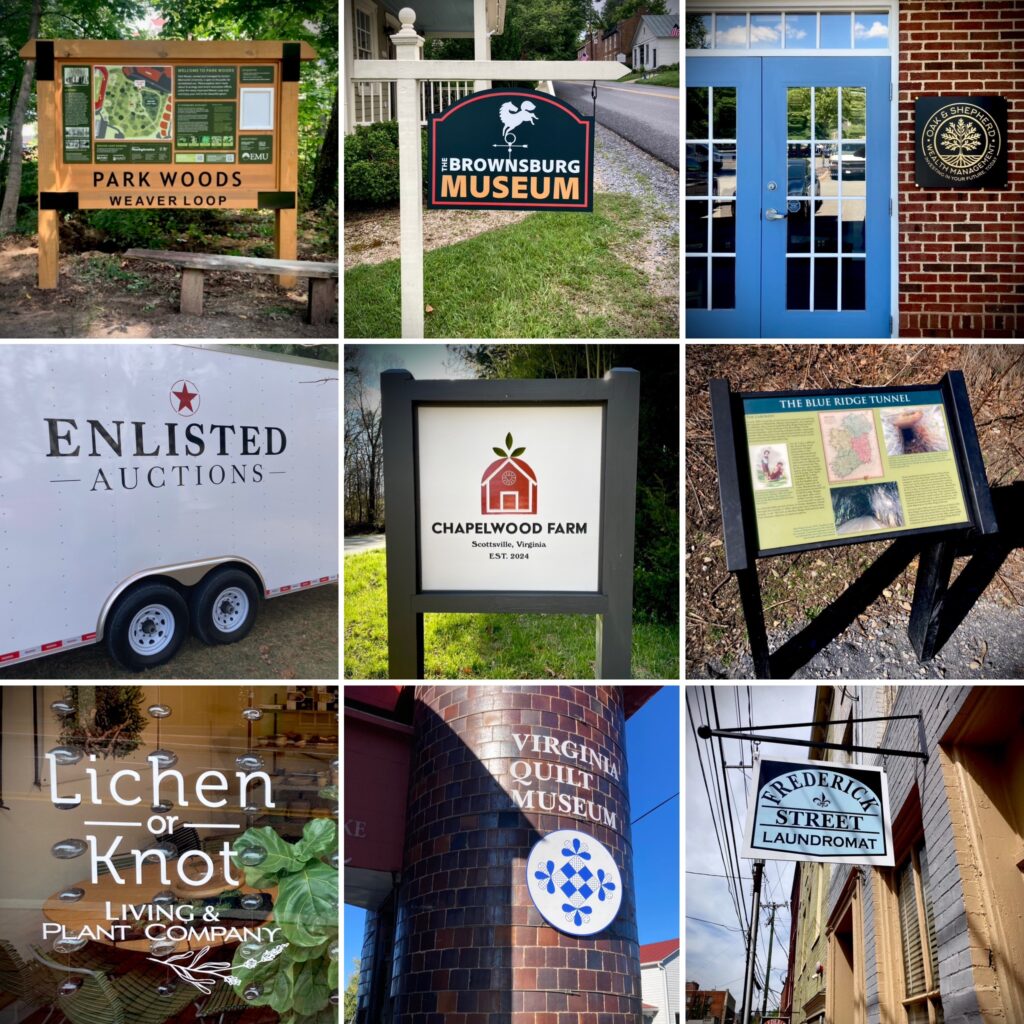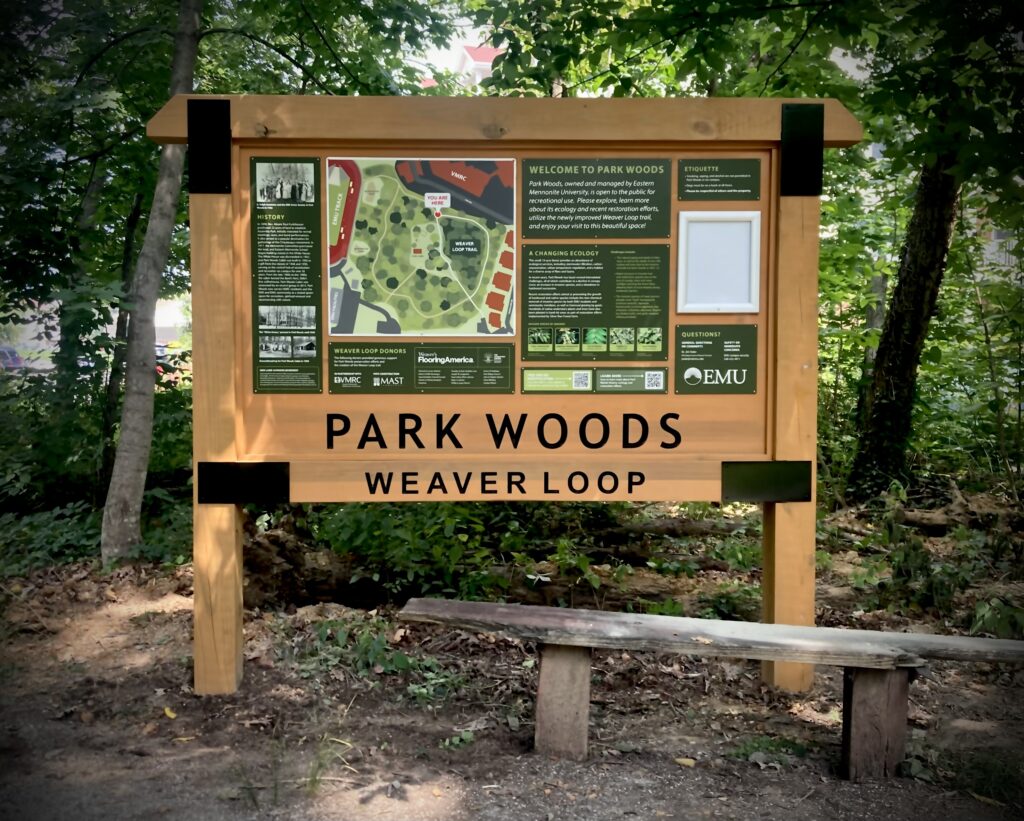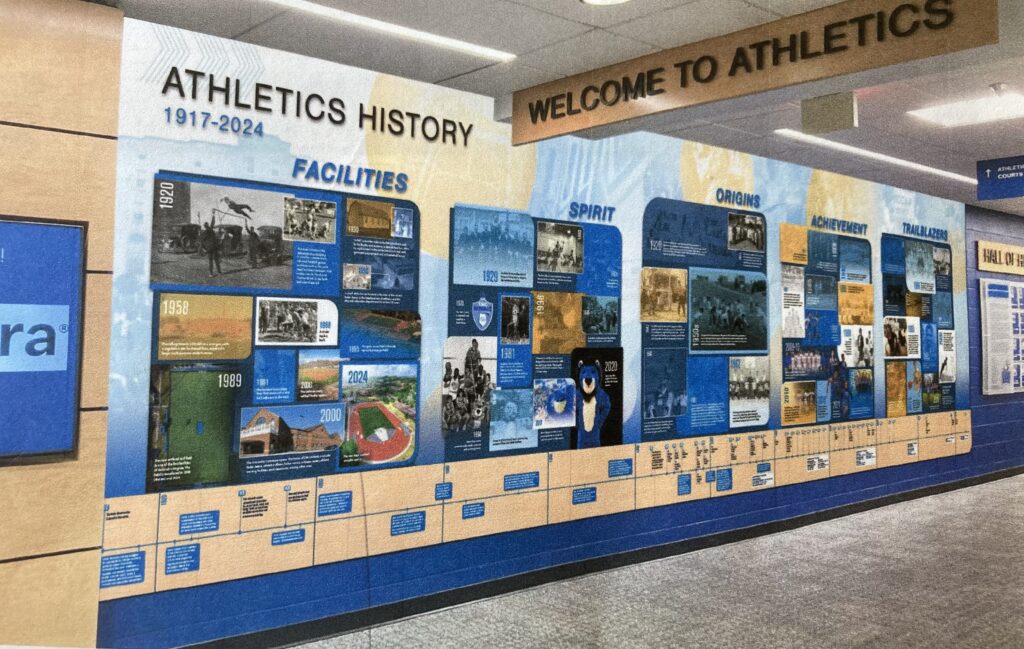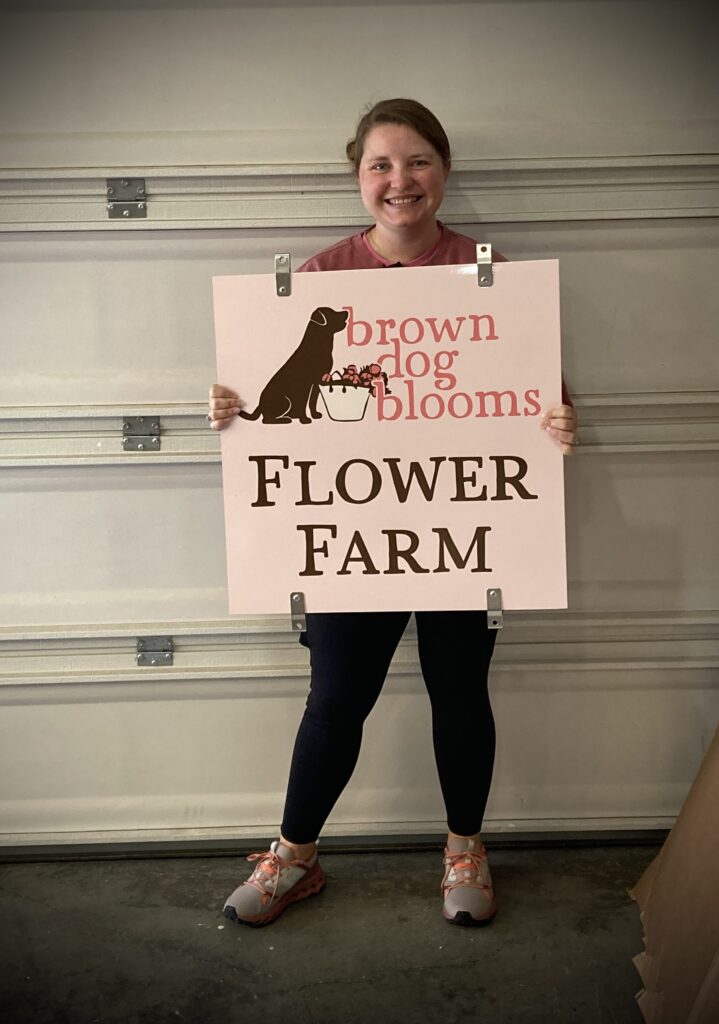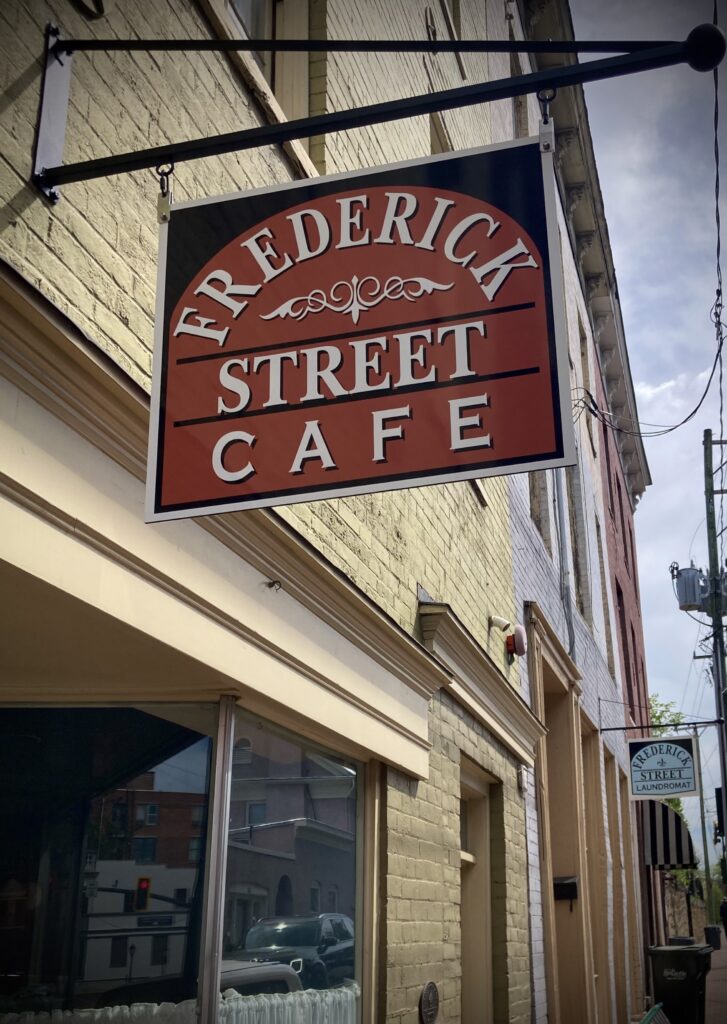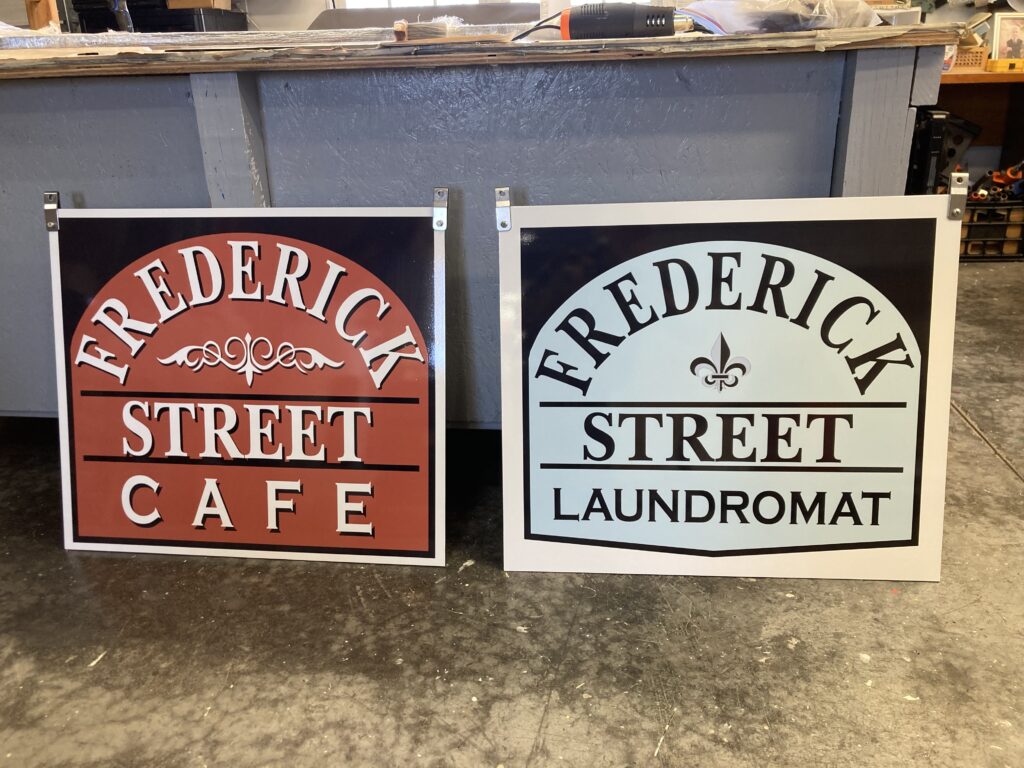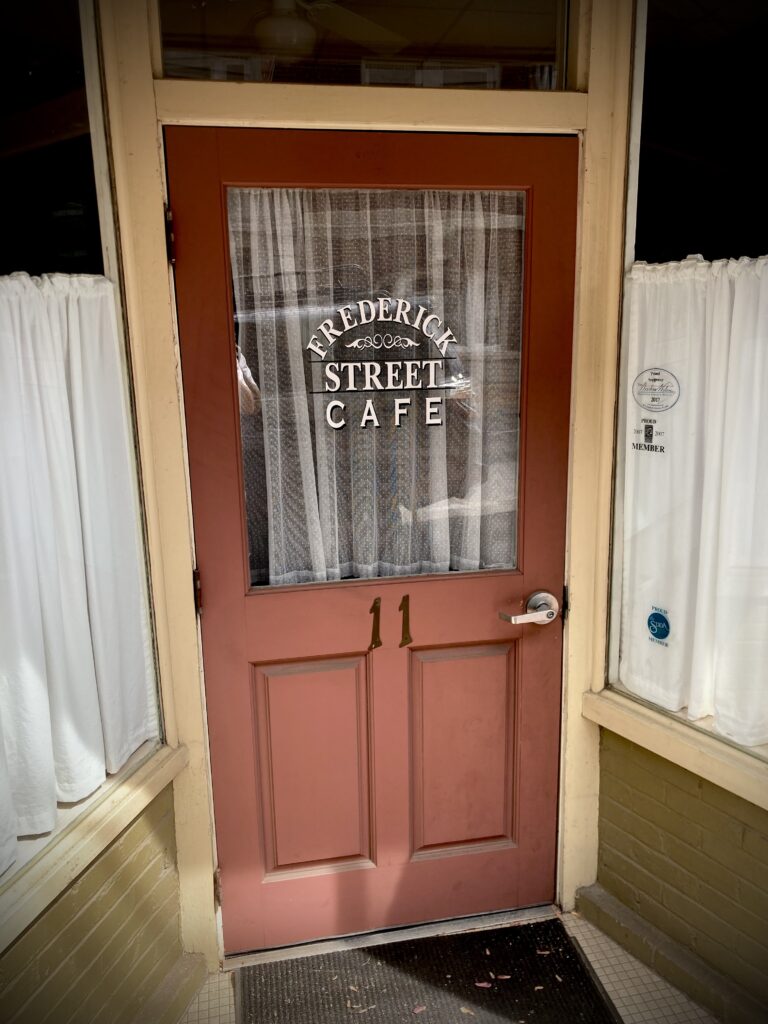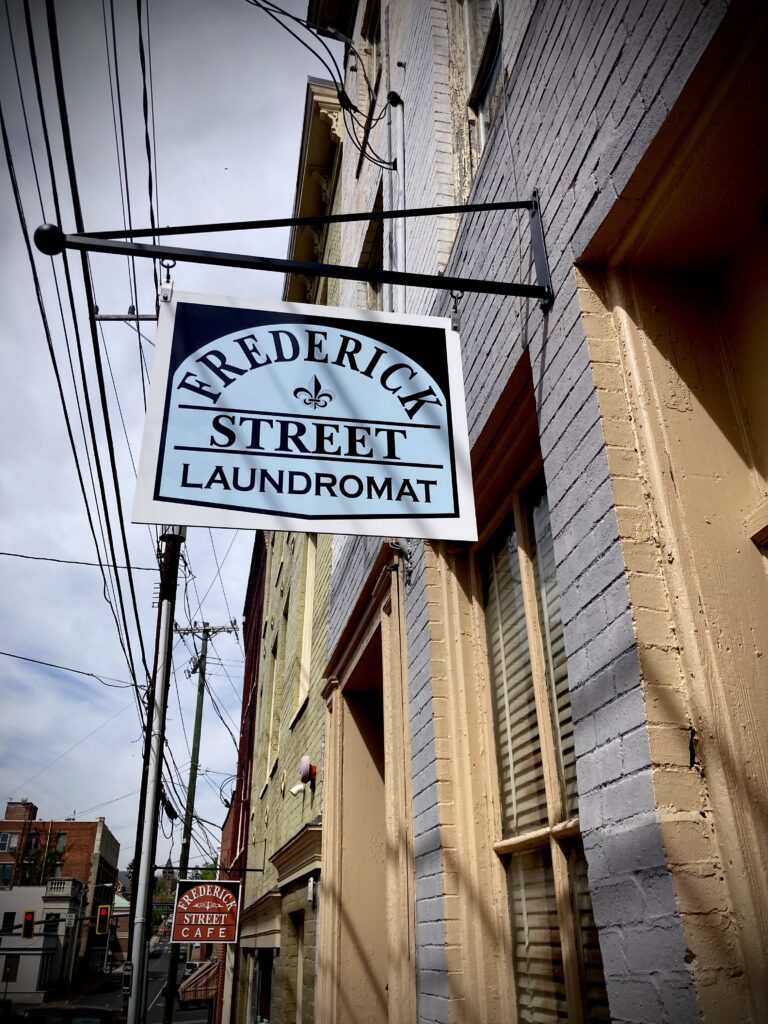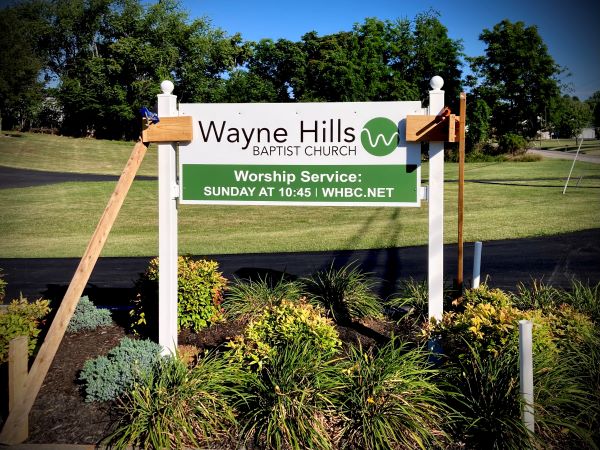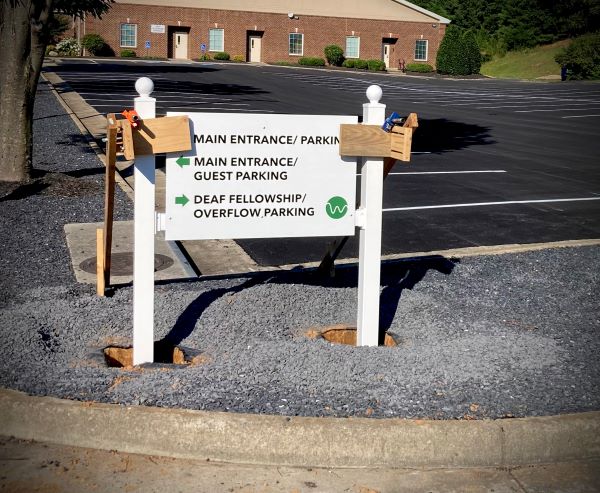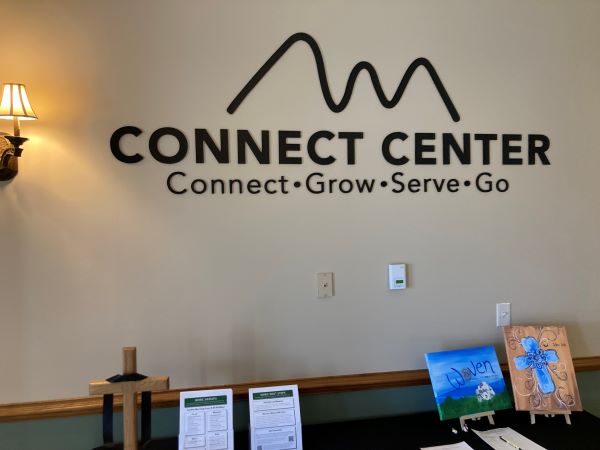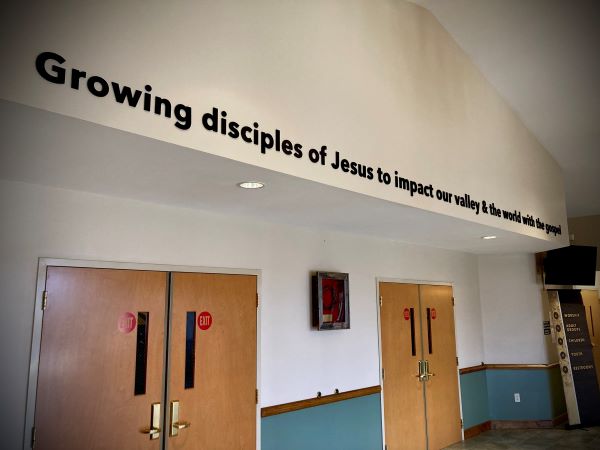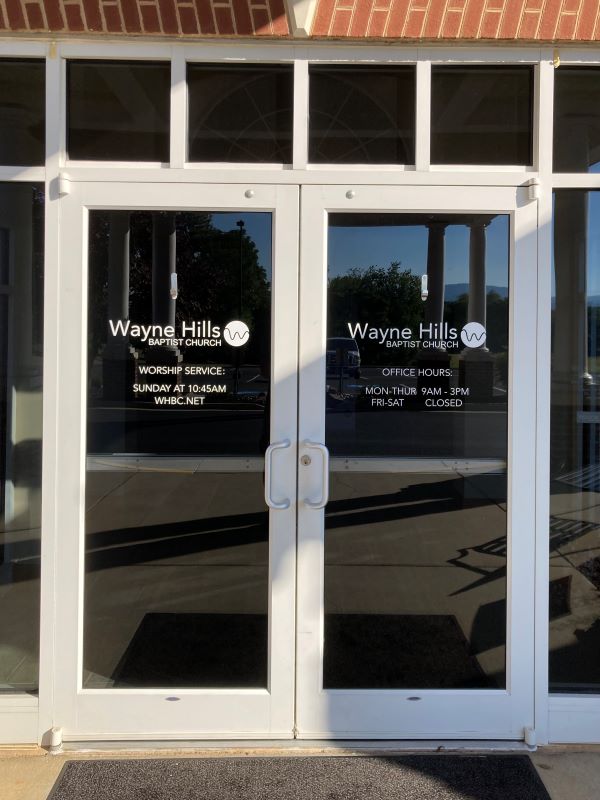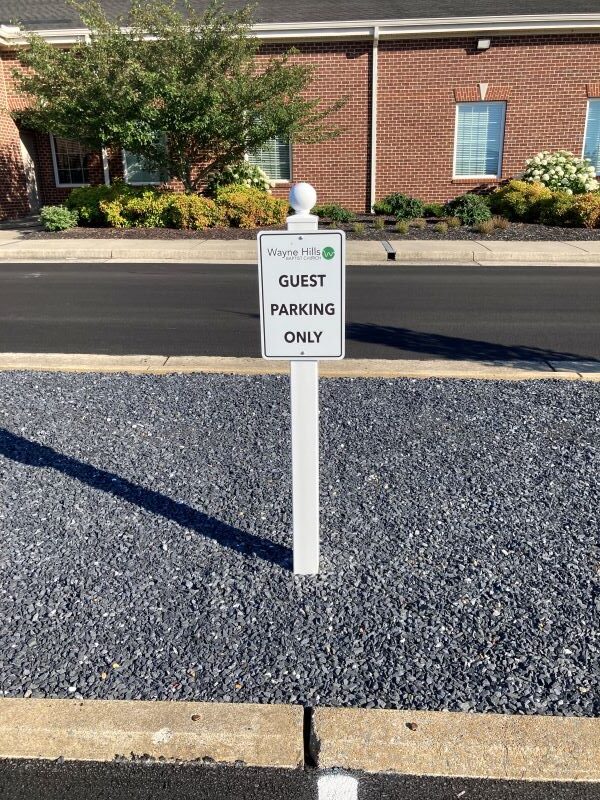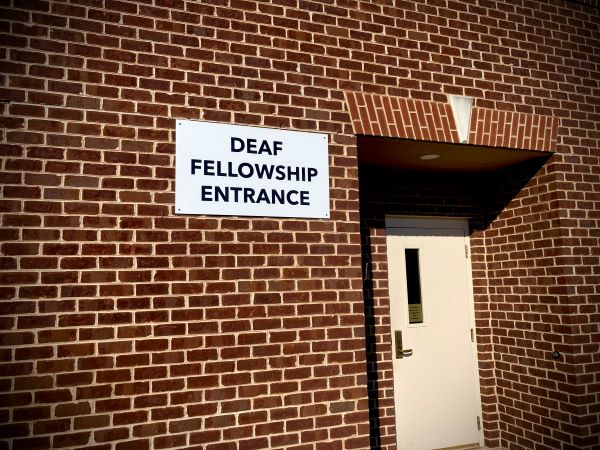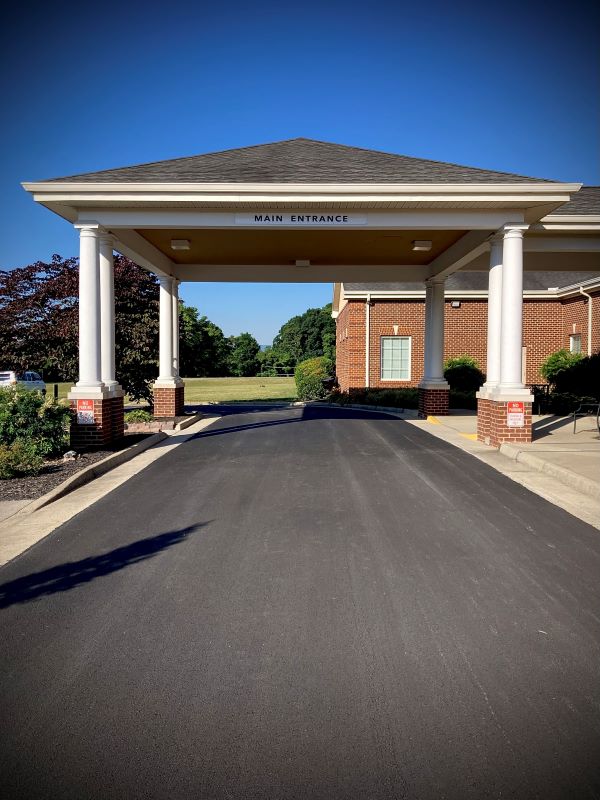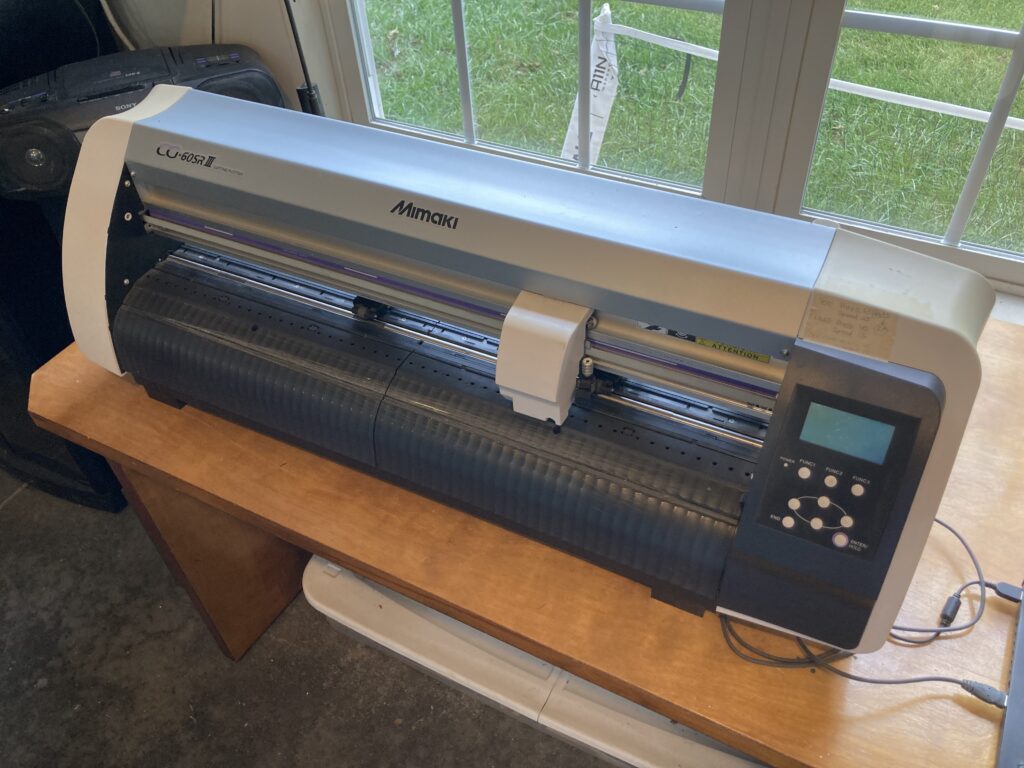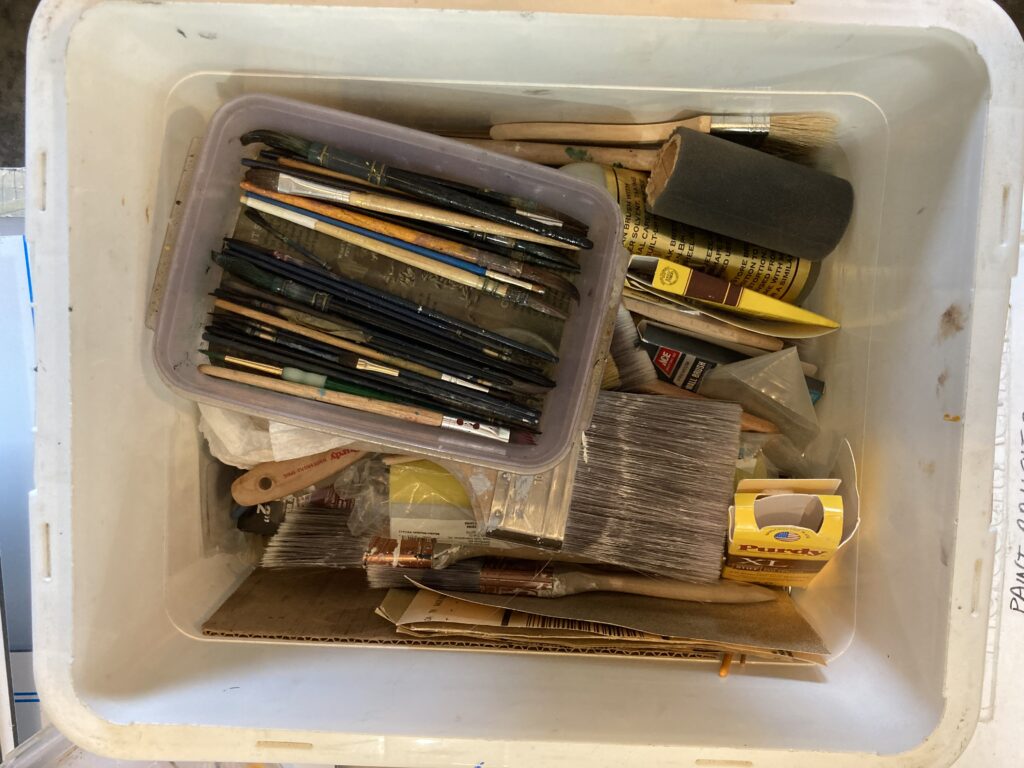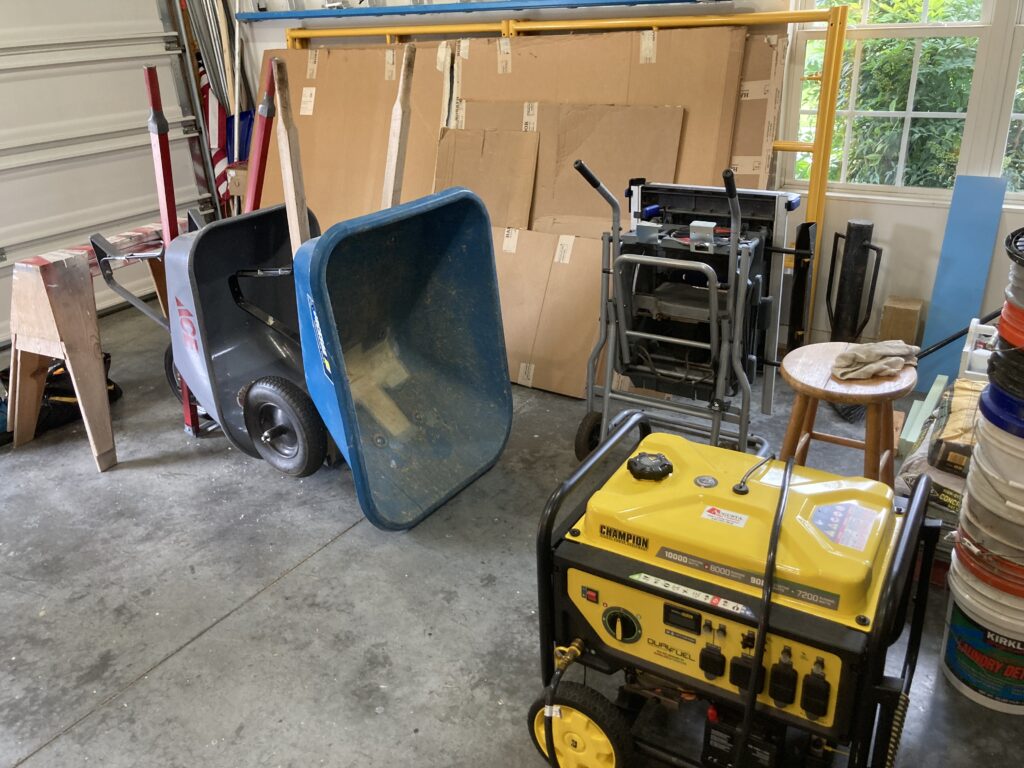HOUSTON, WE HAVE A PROBLEM
As I take a break to celebrate Thanksgiving with family and friends, I have time to reflect on one of the most financially-challenging years as a small business owner. At the start of the year cash was plentiful. I had been pre-paid for several large projects at the end of the preceding fiscal year; The stock market was rising; and a new president was moving into the White House. It wasn’t very long though until physical, business, and polical climates began to change all around me. Somewhere in mid-January I became ill with Covid for the second time since 2020. It wasn’t as bad as the first time, but it slowed things down at the sign company for a few weeks.
LET IT SNOW
Then to extend the pain, right after I started feeling somewhat better, our area was hit with several back-to-back ice and snow storms, bringing things to a wintery stand-still. By the end of March, my first-quarter sales were down tremendously and I hadn’t been out much doing new surveys or drumming up future work. Then, the final blow came from the economic uncertainty surrounding the new Trump tarriffs. All this added up to abnormally low sales and production levels not seen since 2016 when I was at my shop in Waynesboro. My wife and I decided to keep our spring break vacation plans intact and regroup upon our return.
BLESSED ASSURANCE
Fortunately, I was blessed to have secured several large interior display projects in Verona and Harrisonburg, and these jobs served as the foundation for me to rebuild my sales pipeline going forward in the year. I brushed off the dust and thanked God for new work. Then, I prayed about things and moved forward a little at a time. Eventually I added some personal capital to make up for the underperforming first quarter and things have been better since.
THANKFUL REFLECTION AND POSITIVE OUTLOOK AHEAD
Now that the year is almost over, I see how God has pulled me through a difficult business cycle, and I look forward to a more profitable time ahead. Pondering the meaning of “profit”, I wonder if sometimes this word is overused relative to monetary gains? Remembering that God is always at the helm, I have renewed faith that I am profitting in deeper, more meaningful ways that I can even imagine, even through the bad times!
The following are the lyrics to one of my favorite inspirational songs called “God on the Mountain” by Tracy Dartt, who passed away in 2022:
Life is easy, when you’re up on the mountain
And you’ve got peace of mind, like you’ve never known
But things change when you’re down in the valley
Don’t lose faith, for you’re never alone
For the God on the mountain, is still God in the valley
When things go wrong, He’ll make them right
And the God of the good times, is still God in the bad times
The God of the day is still God in the night
You talk of faith when you’re up on the mountain
But talk comes so easy when life’s at it’s best
Now it’s down in the valleys, of trials and temptations
That’s where your faith, is really put to the test
For the God on the mountain is still God in the valley
When things go wrong, He’ll make them right
And the God of the good times, is still God in the bad times
The God of the day, is still God in the night
The God of the day, is still God in the night
Mark Hackley owns and operates Augusta Sign Company, PO Box 519 Waynesboro, VA 22980. 540-943-9818
